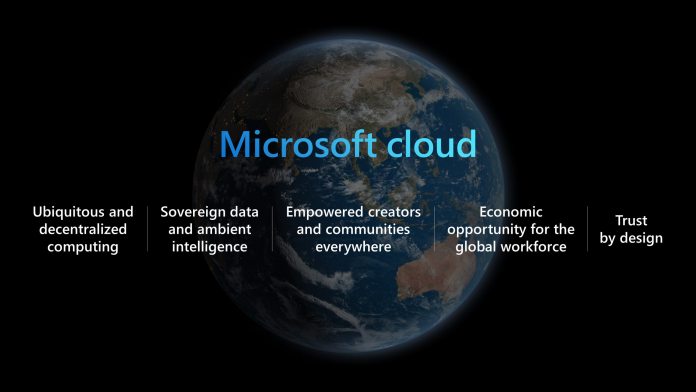Still, growth is growth, and the Cloud Wars prediction suggests Microsoft’s cloud business will bring $100 million in revenue on its own this year.
Prediction
Bob Evans writing for Cloud Wars discusses Microsoft’s 2022 cloud potential and how it is possible to take $100bn in total revenue (it is worth noting Microsoft’s own fiscal year runs July to July):
“For the quarter ended March 31 (Microsoft’s FY22 Q3), its cloud revenue was $23.4 billion, up 32%; and “For the quarter ended June 30 (FY22 Q4), cloud revenue was $25 billion, up 28%.
“That adds up to $48.4 billion for the first half of calendar 2022, meaning Microsoft has to generate second-half cloud revenue of $51.6 billion to reach $100 billion for the year. That’s an average of $25.8 billion per quarter. While it would be foolish to say that achieving such volume is in the bag, I do not recall Microsoft’s cloud revenue going down in sequential quarters for the past handful of years. So, the fact that Microsoft hit $25 billion in the second calendar quarter means it has a very good chance of bumping that up to at least $25.8 billion in each of the next two quarters.” While Microsoft was never in huge trouble, a decade ago the company’s fortunes looked to be on a downward trend. A seeming desperation to be a consumer brand was harming Microsoft, as the company became increasingly rudderless. Enter CEO Satya Nadella and his cloud-first approach for the company. Since then, Microsoft has been thriving and passing milestones of success. From surpassing $100 billion annual revenue for the first time to becoming the first trillion-dollar company. Cloud and the Azure brand have driven the ongoing success. Tip of the day: With a single registry tweak, it’s possible to add a ‘Take Ownership’ button to the right-click context menu that performs all of the necessary actions for you. You’ll gain full access to all possible actions, including deletion, renaming, and more. All files and subfolders will also be under your name. The Take Ownership context menu will set the currently active user as the owner of the files, though they must also be an administrator. They can then enter the folder or modify the file as they usually would.




